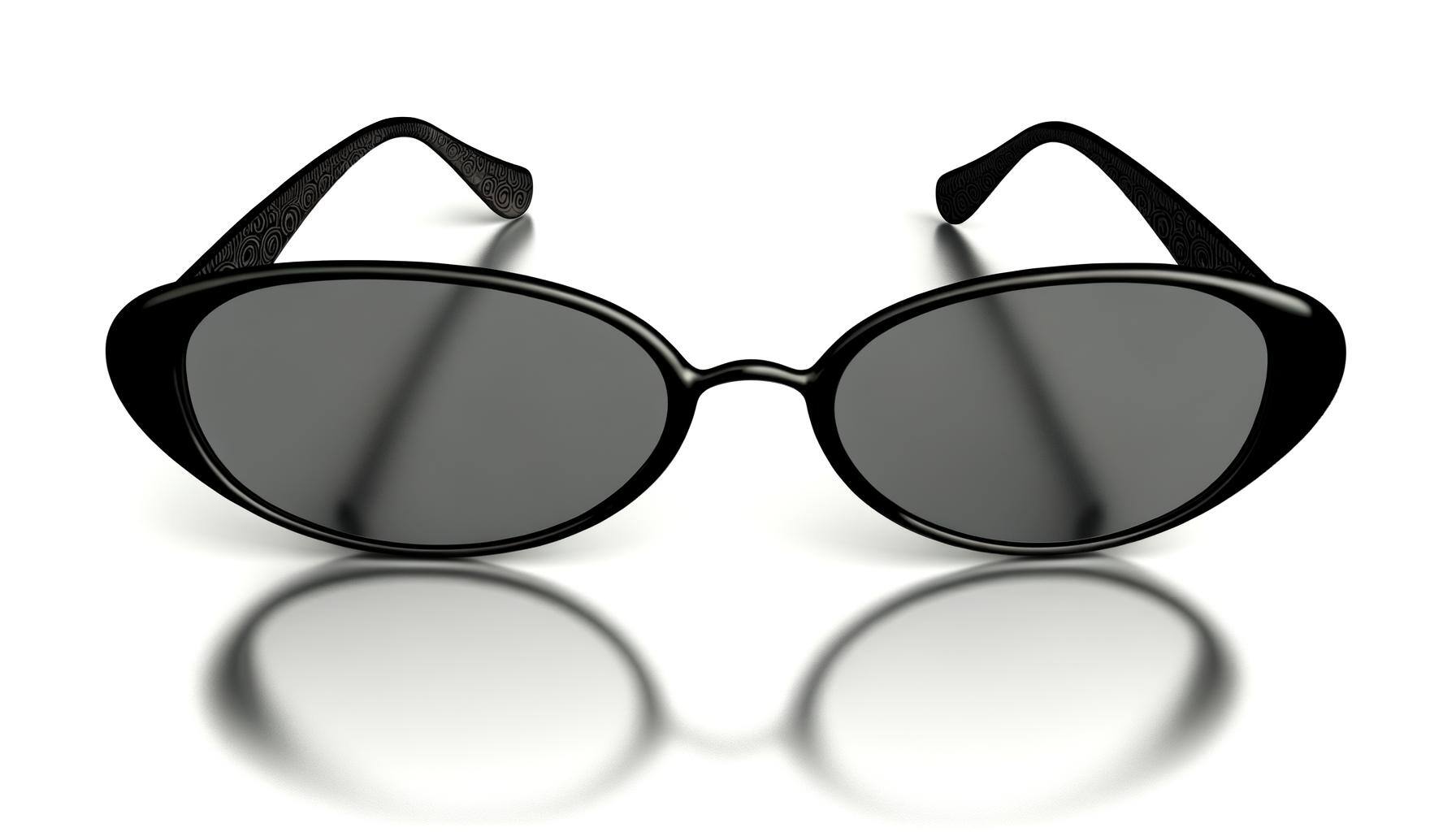Ever wondered how eyewear is made? What material is used for lenses and frames? How they get the lens color right? In this blog, we look at how it’s made and why knowing this matters to your eyewear business.
So, you’re in the eyewear trade you deal with a variety of glasses, sunglasses, prescription eyeglasses to photochromic or color-enhancing lenses. But do you know how eyewear is made and why this could help you with your eyewear business? Let’s have a look at how this knowledge can benefit eyewear professionals.
Lenses
What are lenses made of?
Plastic, polycarbonate and high index lenses dominate the market today, but glass used to be the most common option. Today these lenses are made in successive stages using, essentially, a piece of plastic.
There’s a great deal of technology used to get the lenses into the right shape and the edge of the bevel to fit into a chosen frame, especially for prescription eyewear where differing lens curvature needs to be precise.
The vast majority of sun lenses are made of colorized plastic, however glass is still used for the really high-end quality brands (but uncommon.) For prescription glasses and reading glasses there are advantages and disadvantages when comparing glass to plastic:
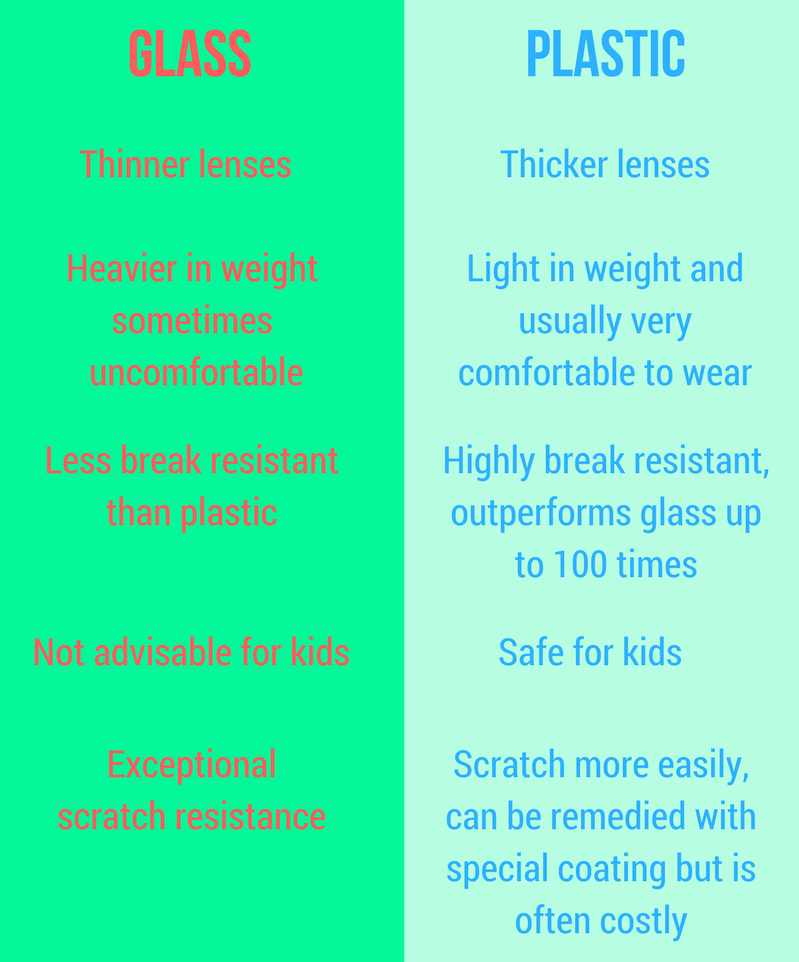
Being knowledgeable about the process of lens manufacturing gives you the upper hand when dealing with clients. Given, they may not always ask about the procedure, but imagine what a great conversation starter this knowledge can be, or to swing the conversation in the direction you need it to go. If you’re in a meeting with clients or (potential or current) and these questions do come up it would be a serious advantage to have this information in your repertoire.
The Process in a Nutshell
After an eye inspection has been performed on the client and the frames chosen the detailed prescription is sent to the lab. In the laboratory, the prescription eyeglasses start off as blanks with a disc that is about four inches wide and sometimes up to 2 inches thick.
The blank lens has a flat surface (back side) and a curved front. The technician, working according to the prescription, then picks a blank lens with a thickness as close to the required end product as possible. The glass is attached to a molded attachment that fits into a machine for tooling. The lens is then inserted into the machine that then grinds it to its required curve.
The thickness is determined by the type of material used and by the curve required from the prescription. The grinding of the lens is a meticulous process to make sure that the eyeglasses fit the desired prescription 100%, without any blemishes that could impede the end-user's view in any way.
From there, the lenses are tinted or coated with a UV protection layer by inserting them into a tinting solution.
The eyeglasses are then typically heated to make them flexible enough to ensure they fit easily into the frames. The glasses put through a final check, cleaned, packaged and sent back to the optometrist.
Top quality lenses are optically accurate and do not distort shapes and lines when light hits the lenses. These lenses, like those used for cameras, are made from distortion-free polished optical glass. The borosilicate glass used in these lenses is scratch resistant and by tempering it with various chemical treatments they are made impact resistant.
Color
To get the color of eyewear absolutely correct you need to understand Delta E testing, specifically for eyewear quality control purposes. Recently (the first half of 2017) color problems have been a big issue for those manufacturing eyewear abroad. Specifically with sunglasses that don’t match the approved (sealed) sample.
What is a sealed sample? (Golden Sample)
A golden sample (or a number of samples) is a pre-approved example of the eyewear that will be manufactured. Typically there would be 3 or more samples made, and after a thumbs up from the client and manufacturer are then separately sealed and put in a safe, safety deposit box or in the hands of a trusted lawyer.
Why have sealed samples?
These samples are kept in a safe place to use at the end of the production cycle, by yourself a third party inspection company. The finished products are then used compared to the sealed and approved golden samples to verify if the manufacturing line has produced exactly according to specification. This is one of the methods used to assure the quality of your eyewear, specifically to match the color of the lenses.
Solvent organic dyes and metallic oxide pigments are mixed into the lens material to reflect or absorb certain light frequencies.
%20(1).png?width=257&name=Untitled%20design%20(20)%20(1).png)
This is where the science comes in and special care must be taken to prevent additives from distorting colors excessively as the result of badly colored lenses could prevent the wearer from discerning the correct color traffic lights.
If you’re thinking “The red light is on top, and the green light is at the bottom how hard can it be” you clearly haven’t been to some of the towns in the States where traffic lights are mounted horizontally.
Gray lenses tend to have the least distortion for the majority, although brown is a good color as well.
Purple or blue tend to distort colors the most out of all the varieties available today.
In a recent article “The Benefits of Polarized Sunglasses An Eyewear Startup’s Guide (2017)” we look at the six major colors used for sunglasses today and their respective applications.
At the very least additives need to block out blue light which is part of the lower frequency UV rays. Brown or amber colored lenses block blue light the best, but this results in some color distortion when wearing these colored lenses. A Variety of chemical coatings (such as the dyes and metallic oxide pigments mentioned earlier) can enhance viewing by reducing reflection and screening out polarized light. For more in this topic you can read “The Benefits of Color-enhancing Sun lenses.”
This video of Oakley’s Prizm lenses gives you insight into the intricate nature of color lenses:
Frames
Eyewear frames are made from Metal or Plastic and are typically designed with computer software like Rhino 3D or Autodesk Alias.
Depending on the material being used to create the frames they can be handmade, molded, cast, or, more recently, 3D printed.
Metal Frames - these frames are usually made of a mixture of material often referred to as Monel. Metal frames have individual parts that are precisely engineered and then assembled like durable hinges with locking screws, flexible temples (a.k.a arms, they are called temples because they are in line with your temples), and sculpted and gimbaled nose-pads. Some manufacturers take it even further and use any of the following in a mix of metals - nickel, stainless steel, graphite, aluminum, silver and nylon for top-of-the-range designs.
Though most monel frames are hypoallergenic, people with sensitive skin may be prone to irritation if the metal rests directly against their face. However, this can easily be prevented if the right kind of plating, such as palladium or other nickel-free options is used.
Plastic frames - Zylonite (zyl or cellulose acetate) is a cost-effective, lightweight and creative option when manufacturing eyewear. Among the most popular frames on the market today are the laminated zylonite frames with a variety of colors:
%20(1).png?width=1024&name=Untitled%20design%20(15)%20(1).png)
If you’re looking for a combination of lightness, transparency and gloss you could go with cellulose acetate propionate, a hypoallergenic nylon-based plastic.
The top material for sports and performance frames is Nylon which is very resistant to cold or hot conditions and are more flexible while remaining stiff. Nylon is very malleable and can be used to produce eyewear frames that are otherwise difficult to manufacture.
How Does all this knowledge help your eyewear business?
Different frame materials greatly expand the options for comfortability, applications and a new look. Questions your clients might ask you could be for advice about durability, hypoallergenic materials, colors, lightness, uniqueness and price (and why there’s a difference in price.)
Helping your clients find eyewear with the qualities that are most important to them could be as simple as choosing the right frame material as each type has its unique strengths. By knowing the difference, you could be growing your knowledge and sales with minimal effort.
Say a client asks you for a recommendation for kids eyewear, even if you’re not dealing in kids eyewear, but you can’t answer them? Not good right!?
Besides possibly missing out on a niche market, you run the risk of appearing incompetent (strong words but true.) Now you’ll be able to advise them that nylon frames and plastic lenses are best suited for kids due to their hard wearing nature. Adults, on the other hand, may prefer metal frames and high-end glass lenses for their scratch resistance. You could also advise them on alternatives if that doesn’t meet their budget and explain in detail why there is a price difference starting with the manufacturing process.
This blog merely scratches the surface of eyewear manufacturing (no pun intended), but in the eyewear trade the more you know, the more you can sell.
If you’re curious to learn more about eyewear quality control or manufacturing why not ask one of our experts? Leave a question or comment in the comments section below and one of our eyewear experts will get back to you with an answer.
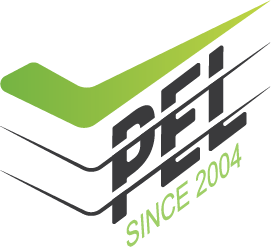

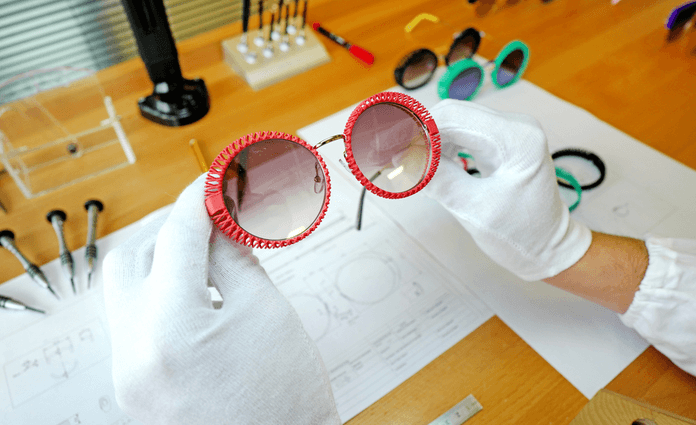

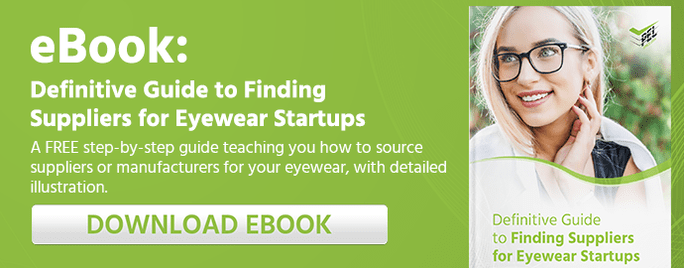

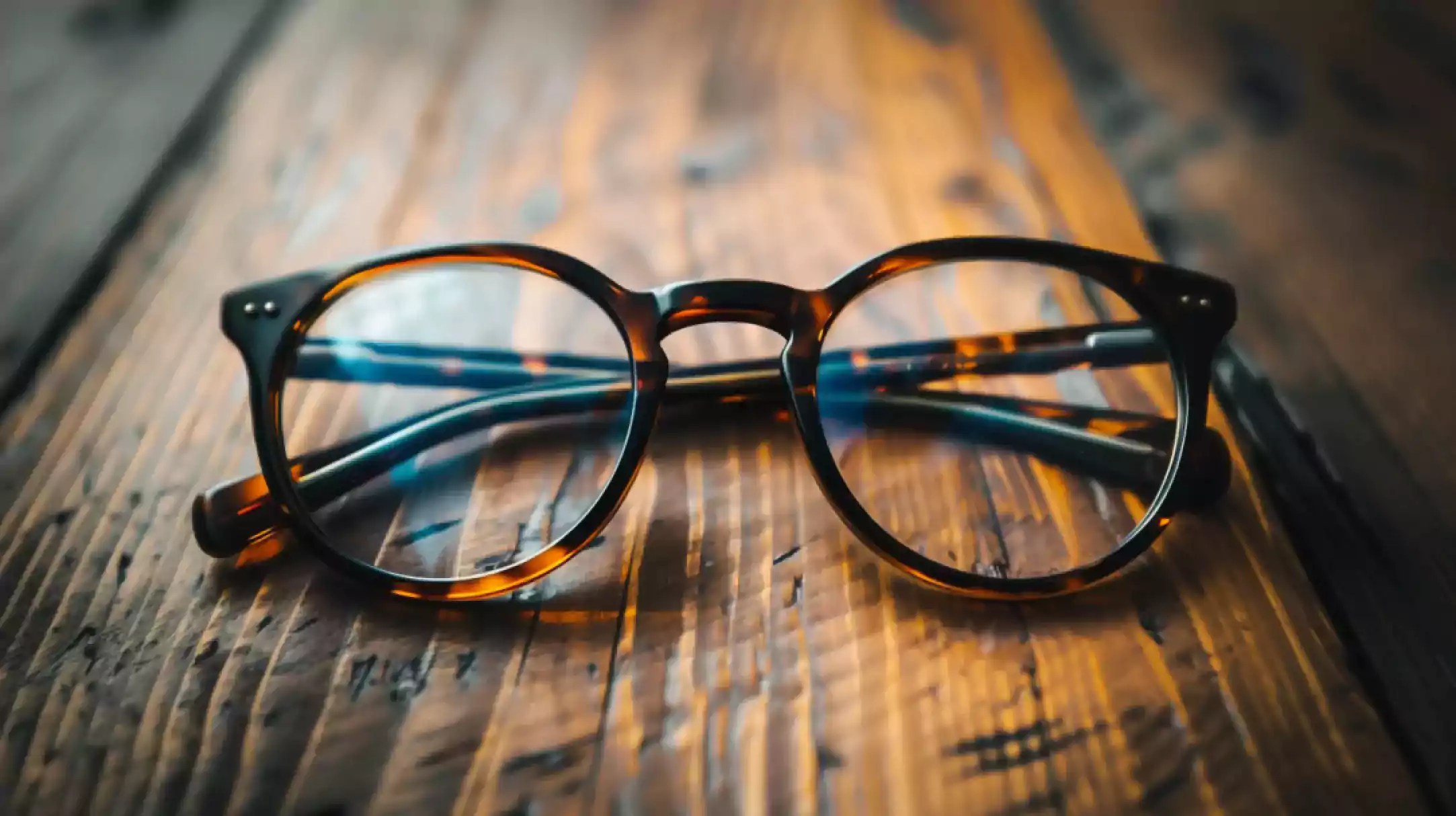
.jpg)
